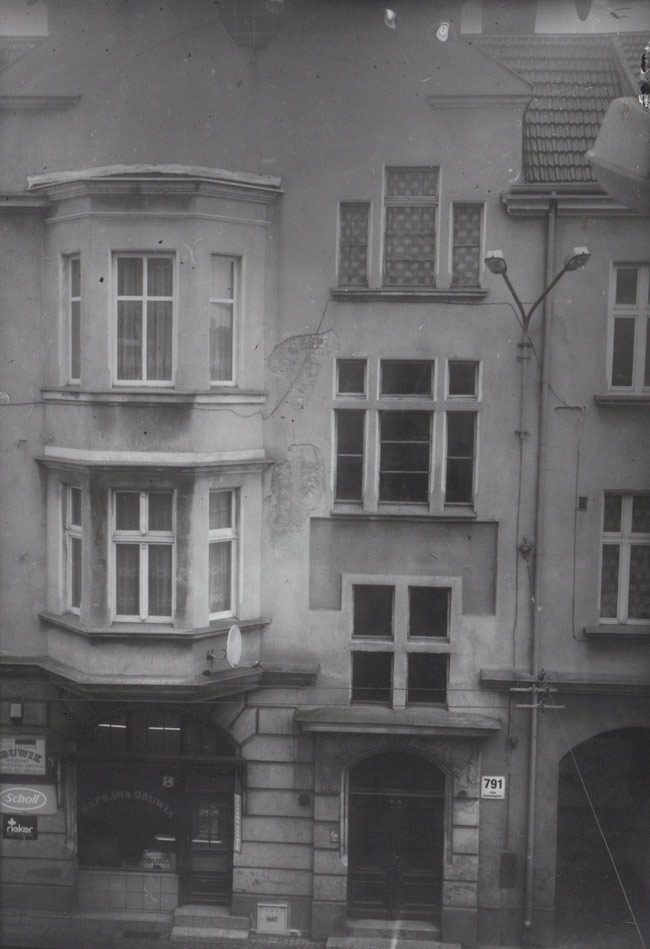Half a year after I started serious work on the silver gelatin dry plate. OK, actually it is more like nine months if it matters. Of more importance are the books I have read in this time; more than a dozen, the library collected; totaling about 200 volumes the oldest coming from the 19th century and the newest from 2011. Equally important are conversations held with experts both from Poland and the USA to whom I am greatly indebted. And of course, the dozens of experiments in the darkroom. Each experiment was a night I missed; preparations started when the students were still in the studio and then long hours of work going on into the night, often into the small hours and coming back home somewhere early in the morning. Next day the hours of washing the emulsion and coating it on glass come. Somewhere on the way I gave up on using the cold/warm plate set as it took too long to clean and level. I will probably come back to it when the recipe is perfect and the quality of the coating matters most. For the time being I am using the method that was popular in the 19th century, even for industrial scale production. I have tested a variety of recipes and procedures as well as finals, concentration of gelatin at various stages including the coating. I played with hardeners; in other words these months were filled with lots of work, lots of hope and many disappointments. Of course, there was a moment when the disappointments finally ended.
Finally, disappointments gave place to joy; a combination of two active gelatins and very significant modifications of a recipe from the early days of the twentieth century brought the desired results. Well… maybe not entirely the desired result because the emulsion lacks a few things still, but it is definitely the best emulsion I have made and, more importantly, a usable one.
For the time being the emulsion is colour blind: you could say it is my laziness as with colour blind emulsions you can work more comfortably.
The speed is not that impressive either as at the moment it is around 2 ISO. Still, I am pleased with the results because:
- there is no fogging
- the contrast and density are quite good. Actually a bit too good for modern materials.
- for the time being the speed and contrast didn’t require any additions that would boost them. quite to the contrary, there seems to be room for a lot of improvement, especially when it comes to speed. The contrast might fall a little, but then it can be improved with other extras.
The next step will involve a small modification of the procedure in order to improve the speed. If I am successful at this stage, all that will be left is to sensitize the emulsion spectrally and kick up some of its parametres with chemical additives. I hope that it will be possible to bring the speed into the area of 25, maybe even 50 ISO. We will see if it is truly possible.

